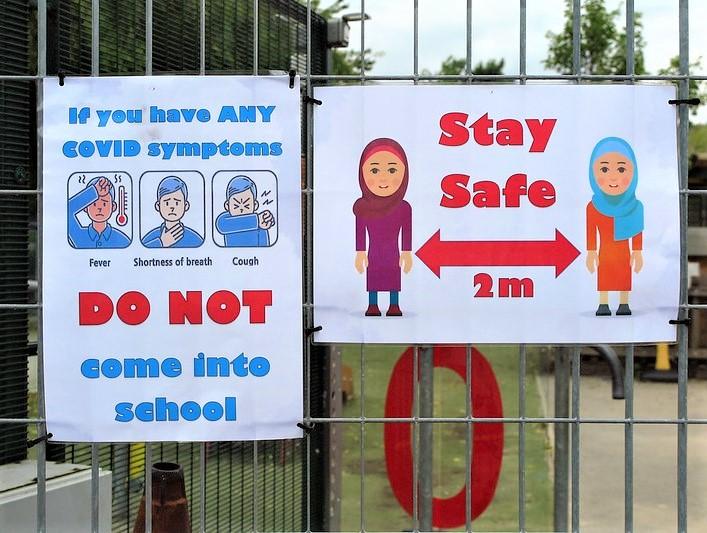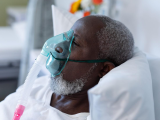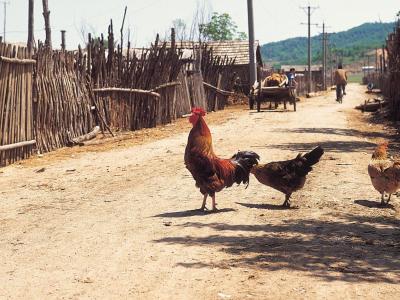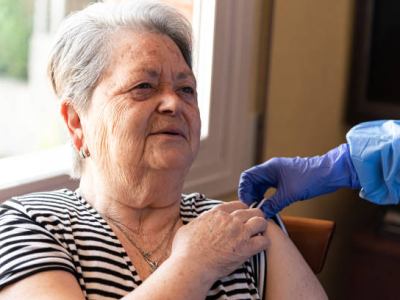The World Health Organization (WHO) said today that the global number of COVID-19 cases has more than doubled over the last 6 weeks, and there's a lot of work ahead.
Meanwhile, a WHO team is on its way to China to meet with researchers to plan a joint mission to probe the zoonotic source of the virus, and health officials are looking into a pneumonia surge in Kazakhstan. The global COVID-19 total today grew to 12,376,147 cases, and 556,895 people have died from their infections, according to the Johns Hopkins online dashboard.
Pandemic pushing people to their limits
At a WHO media briefing today, Director-General Tedros Adhanom Ghebreyesus, PhD, said the pandemic is testing people across all walks of life to their limits. "For those in poverty, with little or no access to quality health services, it's not only COVID-19 that threatens lives and livelihoods," he said, adding that other diseases like measles, polio, and malaria thrive when immunization is paused and drug supply chains are interrupted.
Some countries are experiencing exponential growth in COVID-19 cases, while others are starting to see cases rise after loosening their restrictions, Tedros said, but the underlying message is that aggressive action with national unity and global solidarity can turn the pandemic around. "We need leadership, community participation, and collective solidarity."
Tedros said there are many examples of countries turning their outbreaks around, even when activity was very intense. Alongside Italy, Spain, and South Korea, he highlighted Dharavi, a densely packed part of Mumbai. "A strong focus on community engagement and the basics of testing, tracing, isolating and treating all those that are sick is key to breaking the chains of transmission and suppressing the virus."
In another development, Tedros said two WHO experts are en route to China to learn about progress in investigating the zoonotic source and how the virus jumped to humans. He also said the experts and Chinese scientists will lay the groundwork for a WHO-led mission into the outbreak's origin.
The mission is part of a multipart resolution passed by WHO member countries in May at the World Health Assembly.
Deadly pneumonia reported in Kazakhstan
Meanwhile, Mike Ryan, MD, head of the WHO's health emergencies program, said the WHO is aware of reports based on Chinese embassy social media posts about a surge of pneumonia in Kazakhstan that is deadlier than COVID-19. He said the country has reported a big spike in lab-confirmed COVID-19 cases, more than 10,000 over the past 7 days.
Kazakhstan's government has dismissed the Chinese report as being incorrect, Reuters reported.
Ryan said atypical pneumonia cases can arise anywhere in the world, and though WHO officials are keeping an open mind, most cases are believed to be COVID-19.
He said one possibility is incorrectly diagnosed cases and that the WHO will review patient lung x-rays and illness patterns to see if they are consistent with the pandemic virus.
Kazakhstan recently reimposed restrictions for 2 weeks following a surge in cases, and COVID-19 activity has also picked up again in some other countries in central Asia.
In a separate WHO development today, the group announced the launch of the Access Initiative for Quitting Tobacco, which has a goal of helping tobacco users quit during the pandemic. Smokers are more vulnerable to severe COVID-19 illness than their nonsmoking peers.
The initiative includes resources to quit tobacco, including 40,000 nicotine patches donated by Johnson & Johnson and a digital health worker named Florence who helps people form a personalized quit plan and dispels myths surrounding COVID-19 and tobacco.
Another wave in Hong Kong?
Cases in Hong Kong have significantly increased in the past week, and today officials reported 38 more cases, all but 6 thought to reflect local transmission. In a related development, education officials citing an exponential growth in COVID-19 cases over the past 2 days announced the closure of schools, which had reopened in May.
On Twitter today, Ben Cowling, PhD, professor in the School of Public Health at the University of Hong Kong, said there are worrying signs that a second wave of activity is under way in Hong Kong. His group estimates that the reproductive number is close to 3—which means each patient will infect three others—a number he said is concerning. "It will take a lot of effort to bring down such a high reproductive number."
He added that clusters have been reported in a nursing home, public housing, and restaurants, despite a test-and-trace strategy and universal mask use, similar to the first wave.
Measures such as telecommuting, closing bars and other public spaces, and enhancing social distancing in restaurants were needed to control the first wave and may be needed to stop the second wave, Cowling said.
Though it's not clear how the new wave started, the absence of cases for about 3 months hints at more recent introductions, he said, adding that the uptick in cases underscores the importance of effective testing and quarantine of people entering Hong Kong.





















